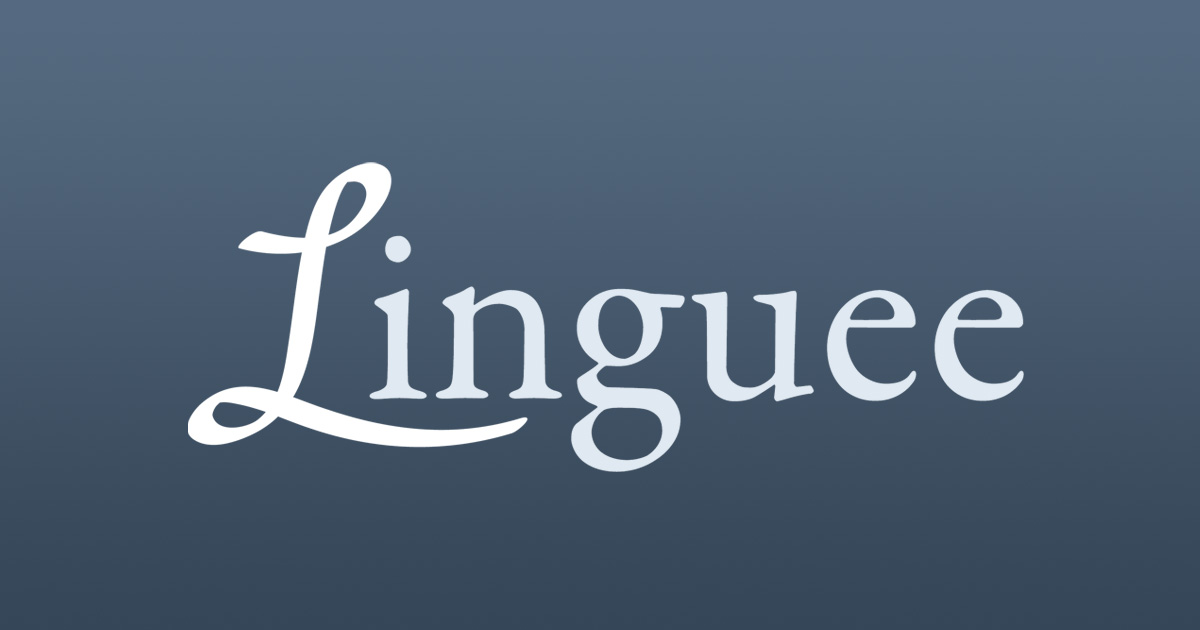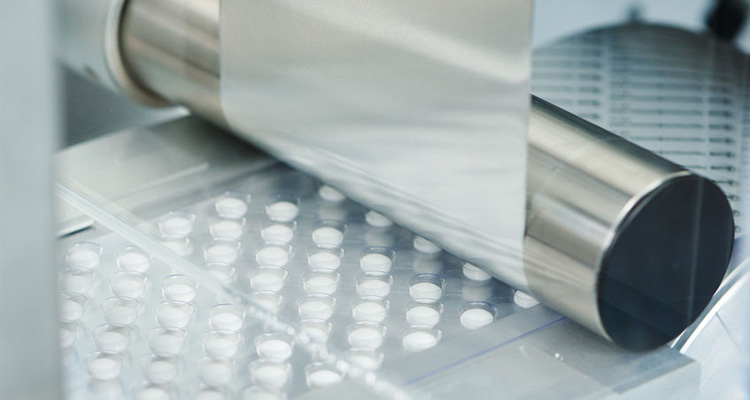An echocardiogram, also known as an echo, is a scan of the heart. It is similar to ultrasound scanning used in pregnancy because it uses sound waves to build up a picture of your heart.

What Is an Echocardiogram?
Echocardiography uses ultrasound waves to create a picture of the heart, called an echocardiogram (echo).
It is a noninvasive medical procedure that produces no radiation and does not typically cause side effects.
What does an echocardiogram show?
An echo looks at the structures of your heart, such as your heart valves. It also looks at how the blood flows through the main arteries and veins of the heart and gives information on how well your heart is pumping.
An echo is often done to diagnose and assess the following conditions:
No Waiting Times
Quick Results
Easy Booking
Multiple Clinic
Why Us ?
Echocardiogram Heart Screening Prices
Echocardiogram
Immediate booking with Consultant Cardiologist
£225
Echocardiogram + Results Consultation
Immediate booking with Consultant Cardiologist
£375
How is it done?
Preparation
In cases where a takes the echocardiogram from the outside of the body, the person will not need to prepare. For people who get a transesophageal echocardiogram, a doctor will avoiding eating or drinking anything for at least 6 hours before the exam. People can resume eating and drinking about 1–2 hours after the echocardiogram once the local anesthetic has worn off.
During the test
A sonographer will perform the transthoracic (external) echocardiogram. Sonographers are healthcare professionals who specialize in using ultrasound devices to produce images and videos for diagnostic purposes.
During the test, the person receiving the echocardiogram will remove their clothes from the waist up. They can wear a hospital gown if they wish to cover themselves during the exam.
The sonographer will then instruct the person to lie on a table, on either their back or their left side. They may inject a saline solution or dye into the person’s veins, which makes the heart appear more defined on the echocardiogram.
Patient-Centered Approach
Advanced Tech
Expert Team







